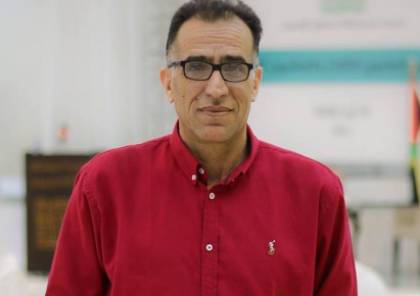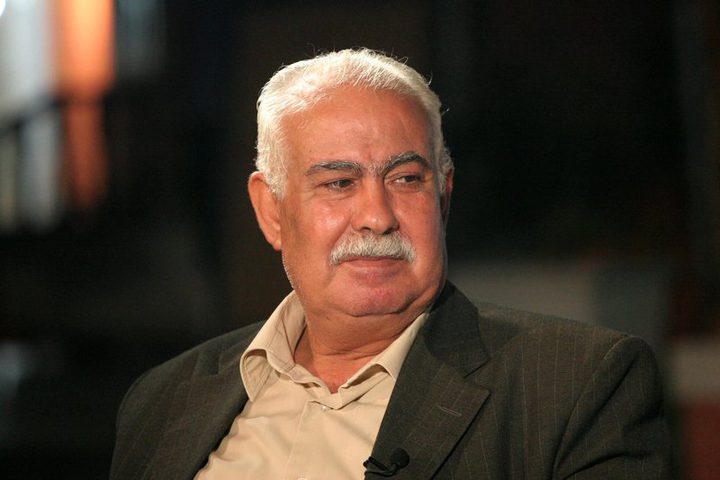A first step toward peace?
Al-Khamisa News Network - Gaza

Author: Rajab Abu Suriya
Israel’s genocidal war on the Gaza Strip left in the historical record roughly a quarter of a million people — about 10% of its population — dead and wounded, and caused the destruction of some 90% of its buildings. The social fabric was shattered: families were not only erased from civil registries, but the war produced boundless psychological suffering, bereavement and orphanhood. Schooling was disrupted for two years. On the Israeli side, human losses were of course much lower: deaths did not reach around 2,000, roughly 3% of the number of Palestinian victims. Compared with the destruction suffered in Gaza, the Israeli side sustained no comparable physical damage, but Israel experienced a net emigration of more than 70,000 people, and — despite global solidarity and a string of official international recognitions of the State of Palestine — it suffered its worst standing in the world.
Compared with previous conflicts, Israel faced a long-running war that lasted two full years, after a history of short, swift wars — the longest being 80 days in 1982. It fought on multiple fronts and against several states: in addition to Palestine, five Middle Eastern countries were involved — Lebanon, Syria, Yemen, Iran and Qatar. This war also shows that Israel remains trapped in a vicious circle eight decades after its founding, reinforcing what emerged at the New York conference and in the speeches of most heads of state: the root cause goes back to the failure to implement UN Partition Plan Resolution 181 of 1947, which today appears in the form of the two-state solution. Politically, the war demonstrated that after internal changes since Oslo — marked by the advance of the right and then the far right, backed by the power of settlers and a Greater Israel program — Israel seeks to build that state at the expense of three entire Arab countries (Palestine, Jordan and Lebanon) and to seize at least half the territory of four other Arab states: Syria, Iraq, Saudi Arabia and Egypt.
Thus it appears Israel is attempting through war to impose a new map of the Middle East, dominating it through territorial expansion and military hegemony after breaking all hostile powers or those seen as military or economic competitors. Therefore it can be said that in the second year of the war Israel faced, despite fewer military challenges after “neutralizing” Hezbollah, extracting the Iraq front from the circle of support, and — according to its aims — achieving an objective in Syria by toppling the Assad regime and cutting the land lifeline between Iran and Hezbollah, a successive escalation on the political front. Egypt and Qatar, each for its own reasons, engaged in the negotiation front — not as a substitute for the Palestinian side but as its supporter — and the results of worldwide protests and demonstrations began to appear as shifts in the positions of states that had initially accepted Israel’s response at the start of the war.
Although the second year of the war saw Donald Trump return to the White House, giving Benjamin Netanyahu the chance to resist the global offensive in venues such as the International Court and the UN Security Council, and adding ongoing military support — at times intermittent but culminating in participation in strikes on Iran — earlier it reached a low point when an agreement not to clash was signed with the Yemeni Houthis. Trump gave Israel broad latitude in Gaza because he believes in “peace through strength” — crushing the enemy and imposing terms — and he went further by lending full bias and participation to the negotiation front, as reflected in the core Israeli proposals of Steve Witkoff. In the end Trump helped Netanyahu continue the war for an additional nine months after much of the world had turned against Israel, a stance most starkly revealed by the United States using its veto six times to block draft resolutions calling for a halt to the war.
In a first reading of the war’s outcomes, it is noticeable that the Israeli right’s preparations for a Greater Israel plan — dating back to 1996, the year Netanyahu first became prime minister with exceptional powers after being directly elected — have failed. Implementation of the plan began by laying a “trap” for the Oslo project of creating a Palestinian state, in line with the partition decision and the two-state solution, by forcing the 2006 elections (expected to be won by Hamas), encouraging the split immediately afterwards, and then sponsoring that split throughout the years 2007–2023. It was clear even while fighting Hamas that Netanyahu rejected the Palestinian Authority’s return to govern Gaza. The far-right’s program to establish Greater Israel would have started by displacing Gaza’s population to annex the Strip and then annexing the West Bank after displacing most of its inhabitants — made possible by the precedent of displacing Gaza’s population.
By imposing its borders over the whole of historic Palestine, with additions in Lebanon and Syria, and keeping the door open to further territorial expansion amid a later regional war with Iran, the Israeli theocratic right would be very close to achieving its historic dream articulated by Israel’s official leader Benjamin Netanyahu when he said he was on a religious-historical mission to establish Greater Israel. He and his partners in a fascist right-wing triad — the Likud, “Jewish Greatness” and Religious Zionism parties — drew courage from Trump’s campaign remark that Israel is geographically small, and gained additional momentum to continue the genocidal war in Gaza after being compelled into the January 2025 deal, when he announced a plan to displace Gaza’s residents and turn the Strip into a personal “business,” a sort of Middle Eastern riviera, as he put it.
But the war’s results remain unresolved, and the conflict itself could resume after the first phase is implemented, as happened with the January deal earlier this year. For that reason Egypt insisted that Trump attend the signing ceremony, with Arab and international participation not limited to the eight countries that Trump agreed with last month on the plan underpinning the current agreement, for fear that Netanyahu would adhere only to the version he had amended with Trump. Even if Netanyahu adheres to what is signed in Cairo, implementing subsequent phases after the detainee‑for‑prisoner exchange, a ceasefire and withdrawal to the “yellow line” — namely the phase of disarmament discussions, opening crossings and managing the Strip — will take time and will occur amid the current waning of resolve among all parties. Crucially, these phases do not entail willingness on the part of the two main actors, Netanyahu and Hamas, to move forward. Hamas has achieved the principal objective of ending the war and will certainly try to avoid, wherever possible, disarmament and the loss of the influence it depended on not only in Gaza but across the region. Netanyahu’s post‑first‑phase reality keeps him circling the Gaza Strip, indeed over almost half its territory, and he has begun considering bringing forward elections to try to seize the chance of being re‑elected prime minister.
For Israel, continuing through the implementation stages means that, in return for a meager result — limited to what remains of light arms in Hamas’s hands, which preserves its control and thus the division, and in the absence of reconstruction, with Gaza remaining a burden on Hamas and the Palestinian Authority — most Israeli parties will likely prefer to stop at the limits of implementing the first phase, as they have done before. What can be discussed here is the clear emergence of regional confrontation forces: Israel on one side, and Egypt and Jordan as a first front, with the Gulf and even Lebanon and Syria as a second front, assuming Trump’s plan continues. Trump himself argued the plan opens the door to ending a historic conflict and would not be limited to Gaza — likely referring to the Abraham Accords — yet paradoxically Israel has become less enthusiastic about Abraham because it does not want to pay the price, and that price is the two‑state solution, i.e., the establishment of a Palestinian state.
If the cornerstone of Middle East peace in Trump’s vision is to expand Abraham to include Saudi Arabia along with many other Arab and Muslim countries in the region — including Indonesia and Pakistan — Saudi Arabia conditions its participation on the establishment of a Palestinian state. Riyadh no longer states this only rhetorically: its sponsorship of the New York conference, together with Macron’s plan to reform the Palestinian Authority in line with the agreement with Trump, indicates that events are moving toward greater imposition of regional and international will on Israel.






